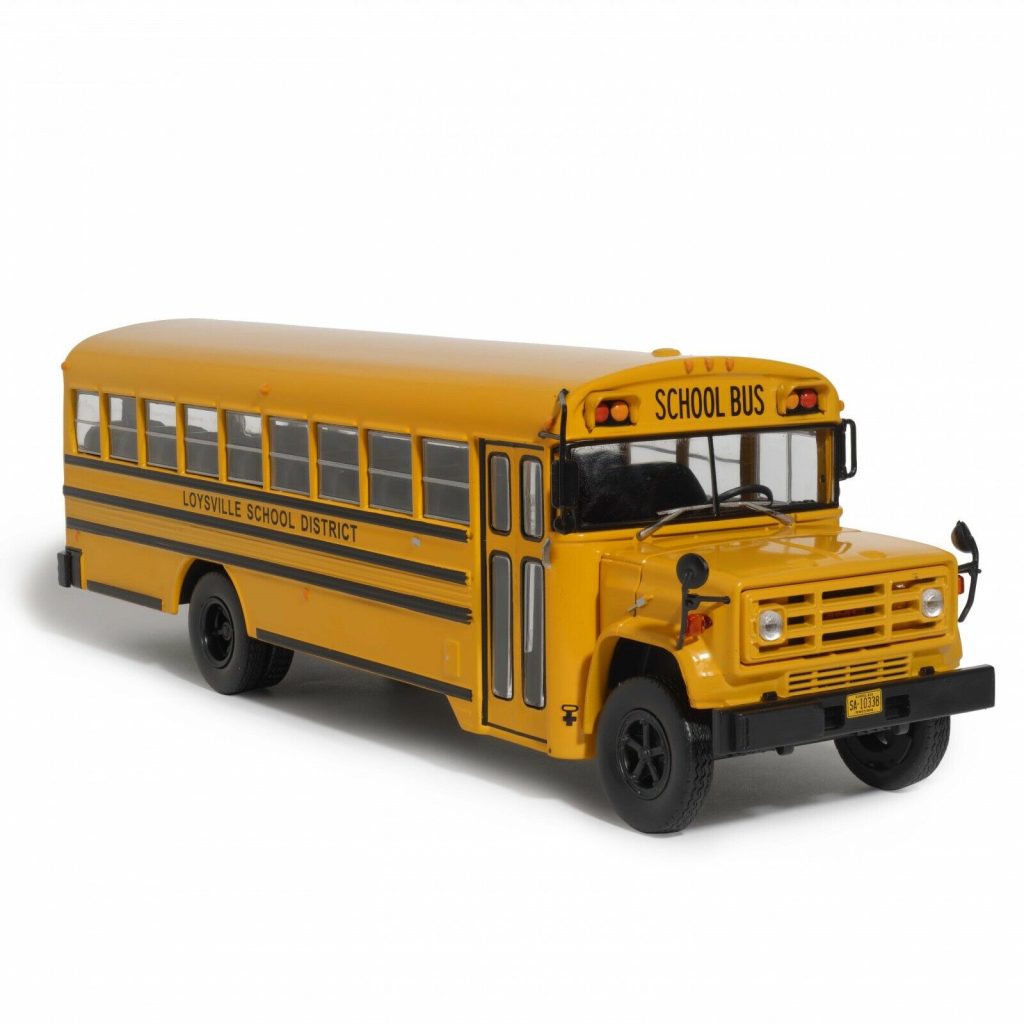A few weeks ago, I saw a piece in the news about a school system that’s issuing students IDs to check in and off their school buses. Via use of radio frequency, the school can tell which kids are on the bus, where the bus is located, and where the kids get off. Eventually, parents will be able to monitor their kids’ bus rides in real time. I’m sure that plenty of folks are already keeping tabs on their bus-riders using smartphones, but not all kids have smartphones, especially the little ones. I’m sure that if this technology had been around when my kids were in school, we would have been happy to have access to this tracking info when our kids were small.
The story got me thinking about what other technology is being used in schools.
The most obvious is, of course, virtually learning, which came to the fore during covid.
No argument here that the online meeting technology has made great strides over the years. (Does anyone else remember a few decades back, when visuals were added to what had been phone-based meetings? The latency could be jarring: quaking voices and jerky movements.) Even though the meeting tech has vastly improved, and there are many features – raised hands, breakout rooms, pop quizzes, project collaboration – that make online learning more engaging, I’m still a fan of classroom learning when it comes to kids.
Within the classroom, technology has many uses. Here are a few that I came across in a blog from Go Guardian, a digital learning vendor.
Today’s students are digital natives, with no memory of a world without smartphones, tablets, and ubiquitous apps. I’ve seen toddlers, barely able to walk or talk, occupying themselves with their folks’ phones. So gamified learning is a natural, and something that kids will find engaging. And who knows? Maybe playing a spelling game is more effective than writing those spelling words out ten times.
I love the idea of digital field trips. Nothing wrong with giving the kids an occasional break from the classroom routine with a field trip to a museum, a park, a concert, an historic attraction. But not every school is within school-bus distance of interesting attractions. And even if there are plenty of things to do in your immediate area, a digital field trip can bring students to Yellowstone Park, the Eiffel Tower, the Great Wall of China. A virtual trip to Paul Revere’s House and Concord Bridge could augment a lesson on the American Revolution.
A variation on this theme is incorporating video/multimedia lessons and presentations within the curriculum. Kids learn in different ways, and using “visual effects, photos, videos, and music” in lessons will let the teacher reach and engage with students with different learning styles. Having “guest speakers” present is another idea here. (No replacement, IMHO, for local folks – parents, grandparents, et al. – coming into the classroom and interacting with the students!)
Many of today’s kids – maybe even most of them – will graduate into a world where digital skills are required. So having students create digital content that’s related to what their learning gives them a chance to show off their creativity and hone their communications skills.
Some kids are faster learners than others, so I really like the idea of online activities for students who finish work early. That sure beats twiddling your thumbs, staring out the window, or pretending you’re still working.
I’m less enamored of the idea of integrating social media into the classroom, but I suppose learning to do social media right can help students become more aware of the pitfalls and discerning about misinformation.
Anyway, my kids are no longer in school, but as a tech guy, I like the idea of incorporating technology into the learning experience. After all, technology plays an increasingly important part in pretty much all aspects of what we do. That said, I still hope there’s plenty of offline time for quiet activities and for the kids to interact with their teachers and each other the old-fashioned way!
